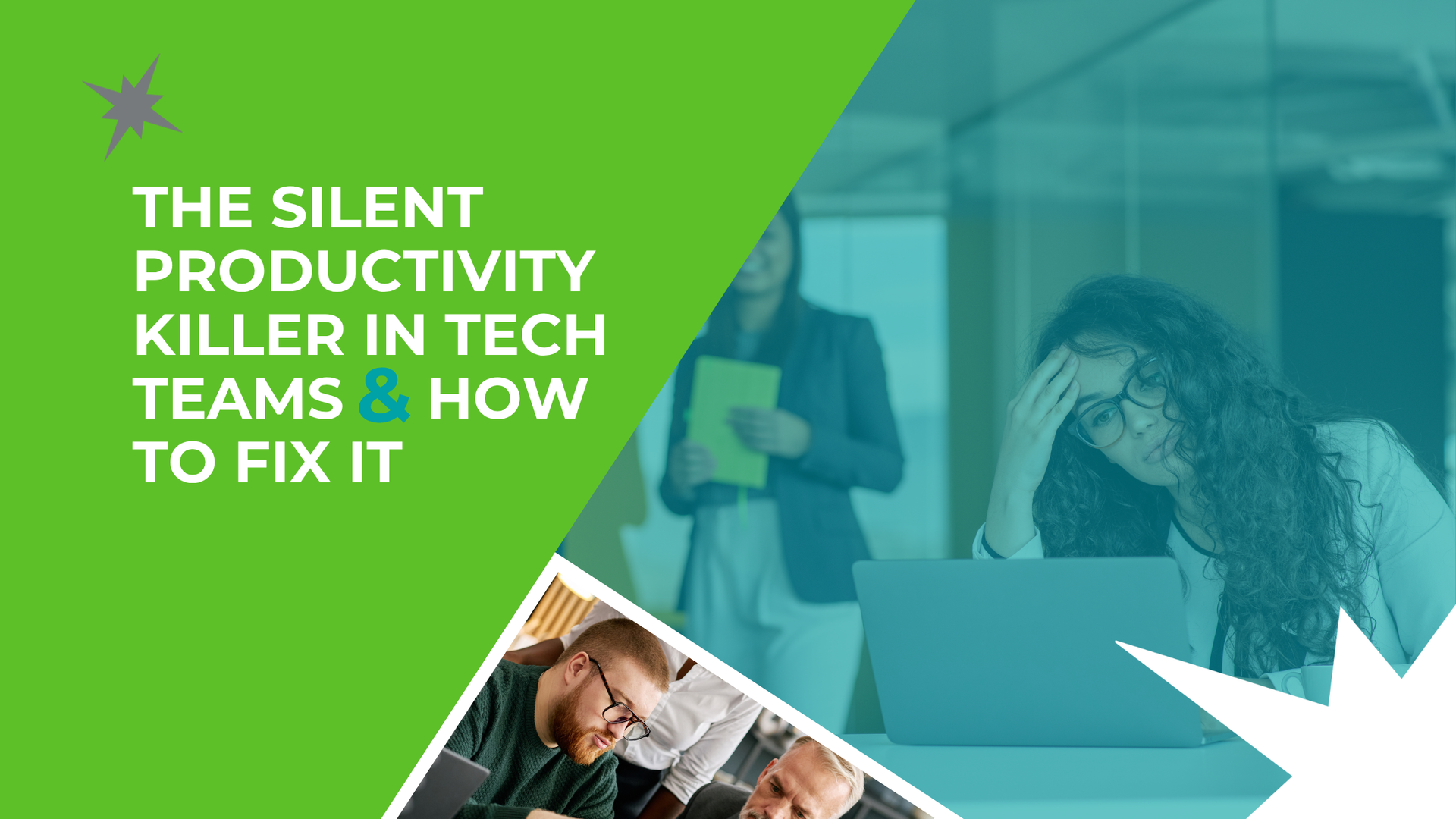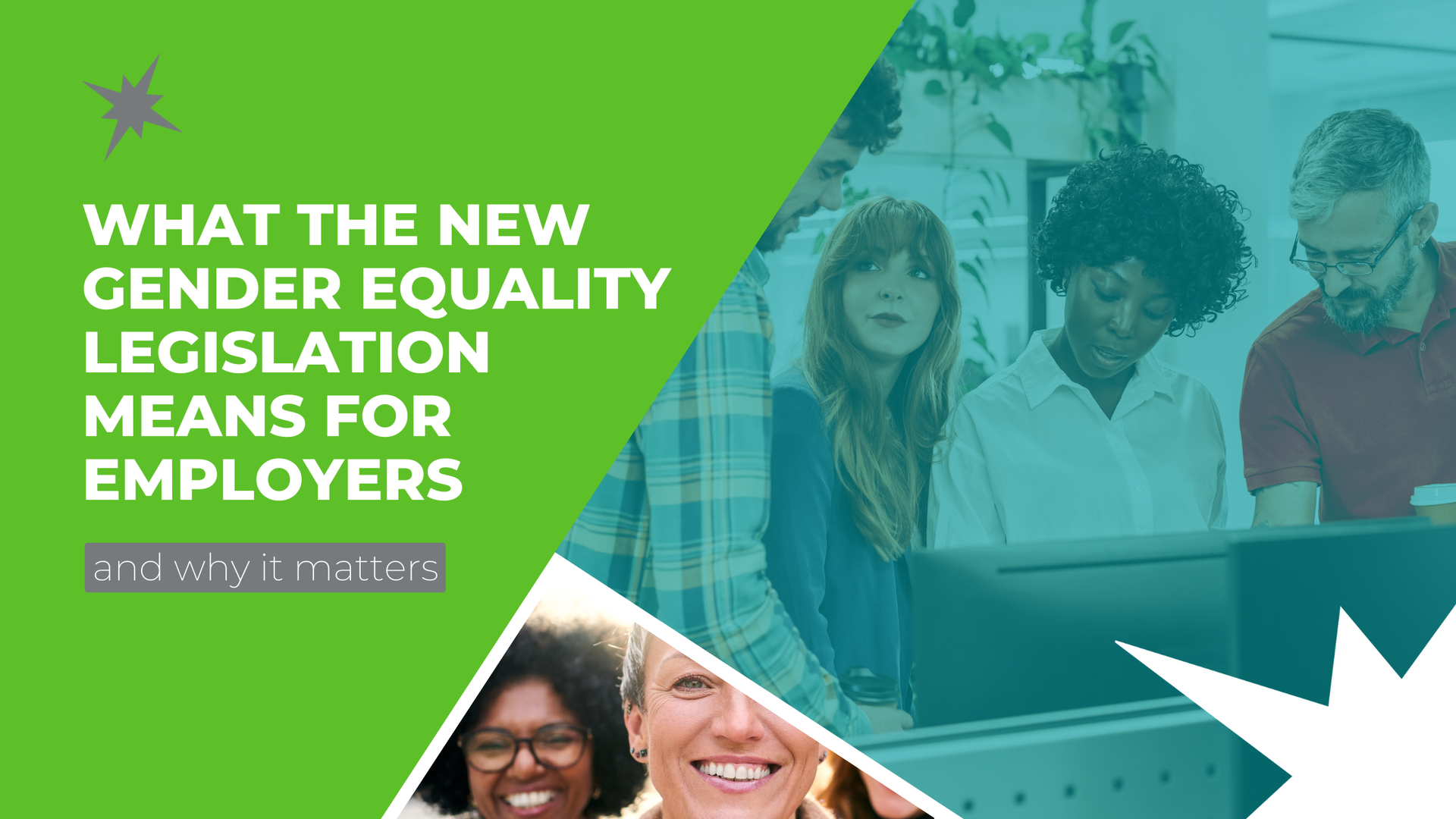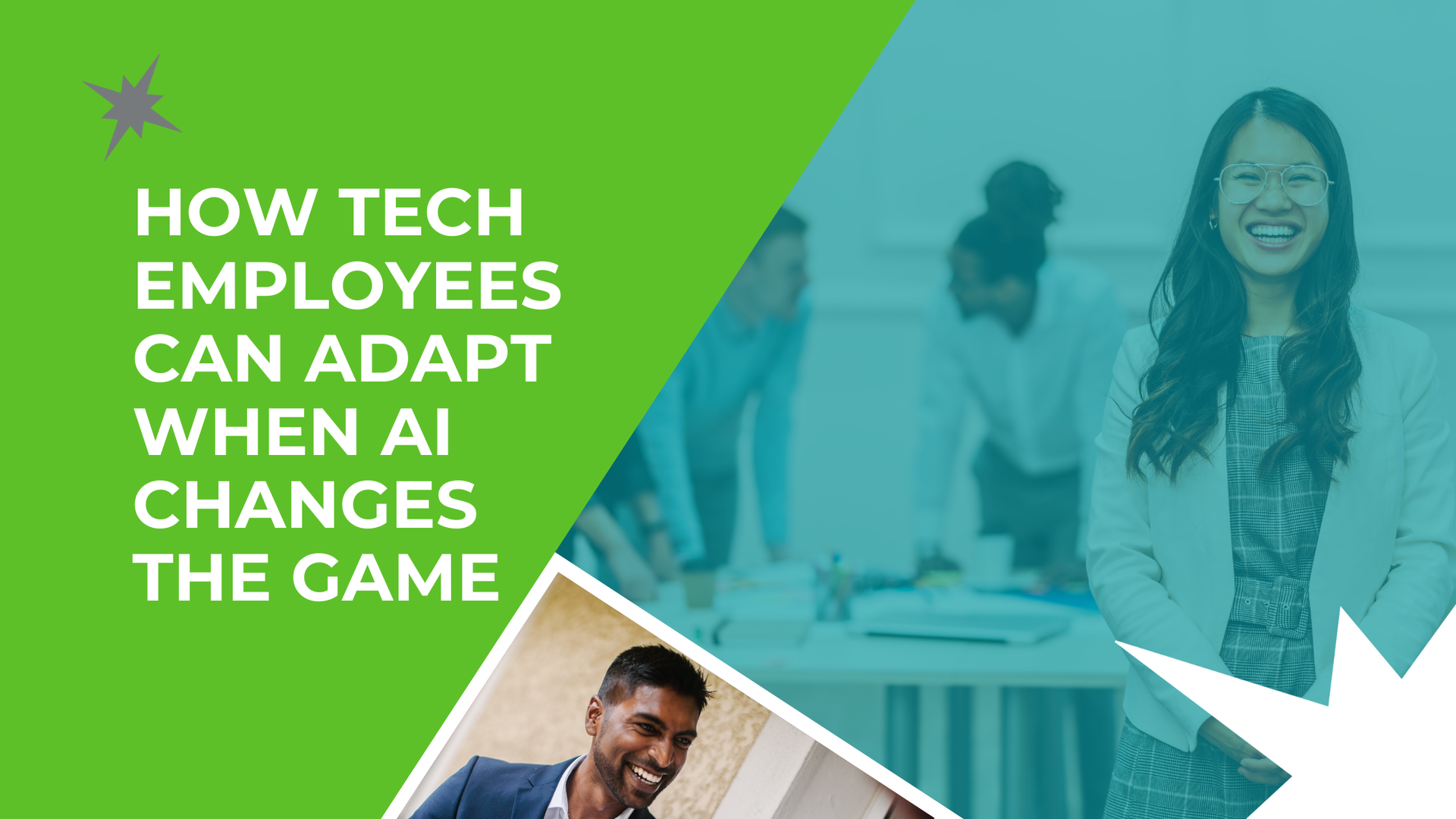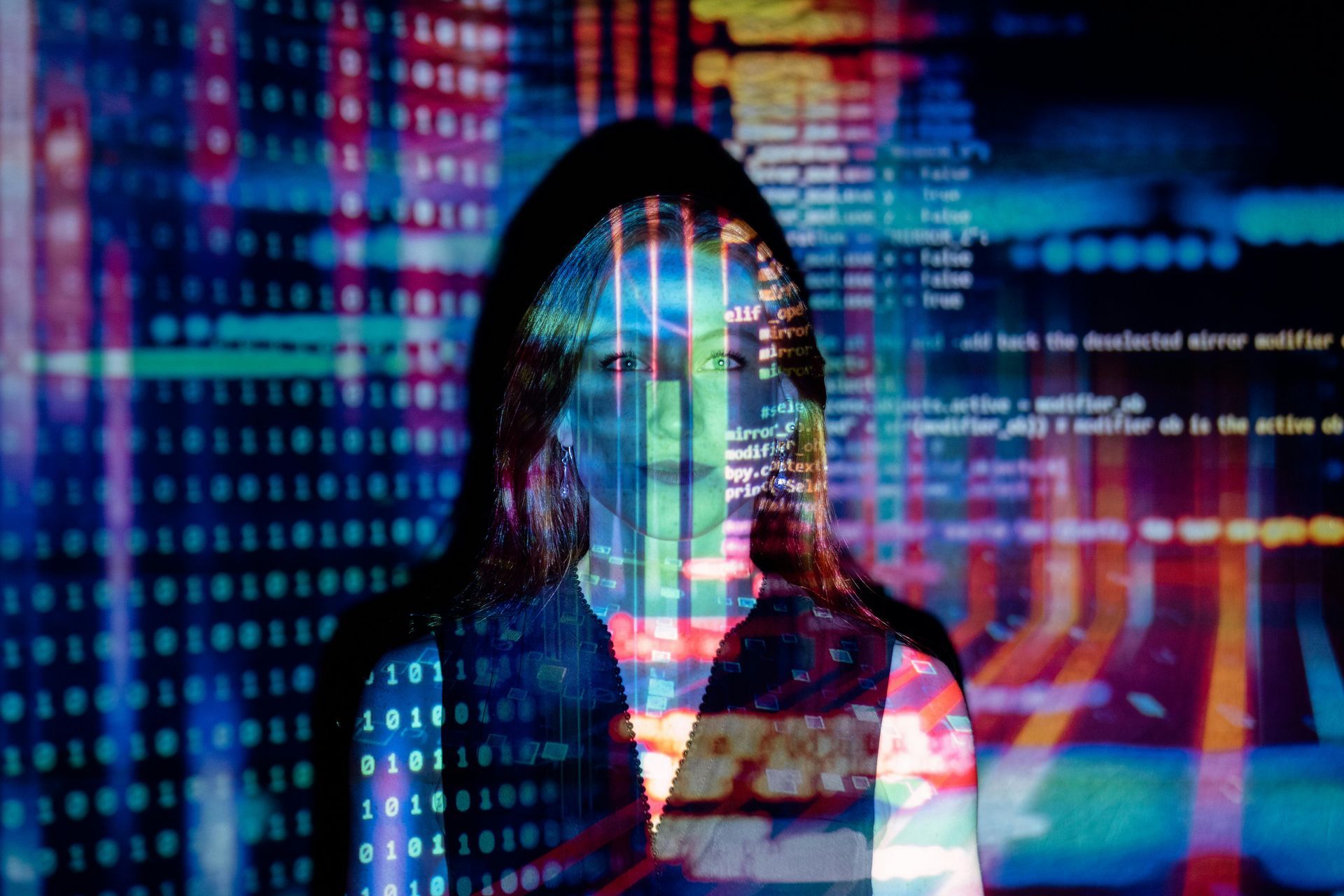News & Insights
< Back to Blogs
What Does the Workforce of 2025 Look Like? Preparing for Change

The workplace is undergoing a huge transformation. Advances in technology, shifting employee expectations, and new economic realities are reshaping how we work, where we work, and what skills we need. As we approach 2025, businesses that stay ahead of these changes will have a competitive edge in attracting and retaining top professionals while staying resilient in an evolving market.
So, what will the workforce of 2025 look like, and how can businesses prepare for the changes ahead? Let’s explore the key trends and actionable strategies.
1. A Hybrid Workforce Becomes the Norm
While some organisations are pushing for a return to the office, the hybrid model is here to stay. According to a PwC survey, over 70% of employees want hybrid work options, with flexibility cited as a key factor in job satisfaction and retention. Employers embracing this model will need to refine how they balance in-office and remote work to maintain productivity and collaboration.
How to Prepare:
- Invest in collaboration tools that facilitate seamless communication between remote and in-office teams.
- Redefine performance metrics to focus on outcomes rather than hours worked.
- Create equitable policies that ensure remote employees have the same opportunities as their on-site counterparts.
2. The Rise of AI and Automation
By 2025, AI and automation will have reshaped many industries. Tasks that were once manual are now being streamlined by technology, allowing employees to focus on higher-value work. While this transformation brings efficiency, it also requires businesses to prepare for skill shifts across their workforce.
How to Prepare:
- Identify roles likely to be impacted by automation and create upskilling programs to help employees transition into new responsibilities.
- Emphasise human-centric skills such as critical thinking, creativity, and emotional intelligence, which are harder to automate.
- Leverage AI responsibly to augment human capabilities, rather than replace them.
3. A Multigenerational Workforce
By 2025, workplaces will feature five generations working side by side, from Gen Z to the Baby Boomers. Each generation brings unique perspectives, values, and expectations, making it critical for organisations to foster inclusivity and adapt to diverse needs.
How to Prepare:
- Offer tailored professional development opportunities that cater to different career stages.
- Use mentorship programs to encourage cross-generational knowledge sharing.
- Design workplace policies that balance flexibility for younger workers with the stability valued by older employees.
4. Sustainability as a Workplace Priority
Sustainability is becoming a core expectation for employees and customers alike. According to a Deloitte survey, 50% of Gen Z and Millennials say they wouldn’t work for a company that doesn’t take sustainability seriously.
How to Prepare:
- Embed sustainability into your business operations, from supply chain management to office energy usage.
- Engage employees in sustainability initiatives, encouraging a sense of purpose and collective impact.
- Communicate your environmental goals and progress transparently to build trust.
5. The Gig Economy Continues to Expand
The gig economy is projected to grow even further by 2025, as more professionals seek flexible, project-based roles. Businesses will increasingly rely on freelancers and contractors to fill gaps and scale quickly during peak periods.
How to Prepare:
- Build a strong network of reliable gig workers and establish clear onboarding processes.
- Use technology platforms to manage project-based work effectively.
- Reassess how you define “team,” ensuring gig workers feel valued and integrated during their time with your organisation.
6. A Focus on Mental Health and Well-Being
Workplace well-being is not optional. As mental health awareness continues to grow, employees expect meaningful support from their employers. This shift isn’t just good for employees - it drives productivity, retention, and overall business performance.
How to Prepare:
- Offer access to mental health resources, such as employee assistance programs and counselling services.
- Train managers to recognise and support mental health needs within their teams.
- Build a culture where well-being is prioritised, encouraging work-life balance and open conversations about mental health.
Are You Ready for 2025?
The workforce of 2025 will be defined by flexibility, technology, diversity, and purpose. Businesses that embrace these trends and proactively adapt their strategies will be better positioned to attract top candidates, retain employees, and thrive in a changing business environment.
At EITR, we specialise in helping organisations prepare for the future of work. From workforce planning to upskilling strategies, we’re here to help you navigate what’s next. Let’s shape the workforce of tomorrow - together.
Share This Article
Recent Articles
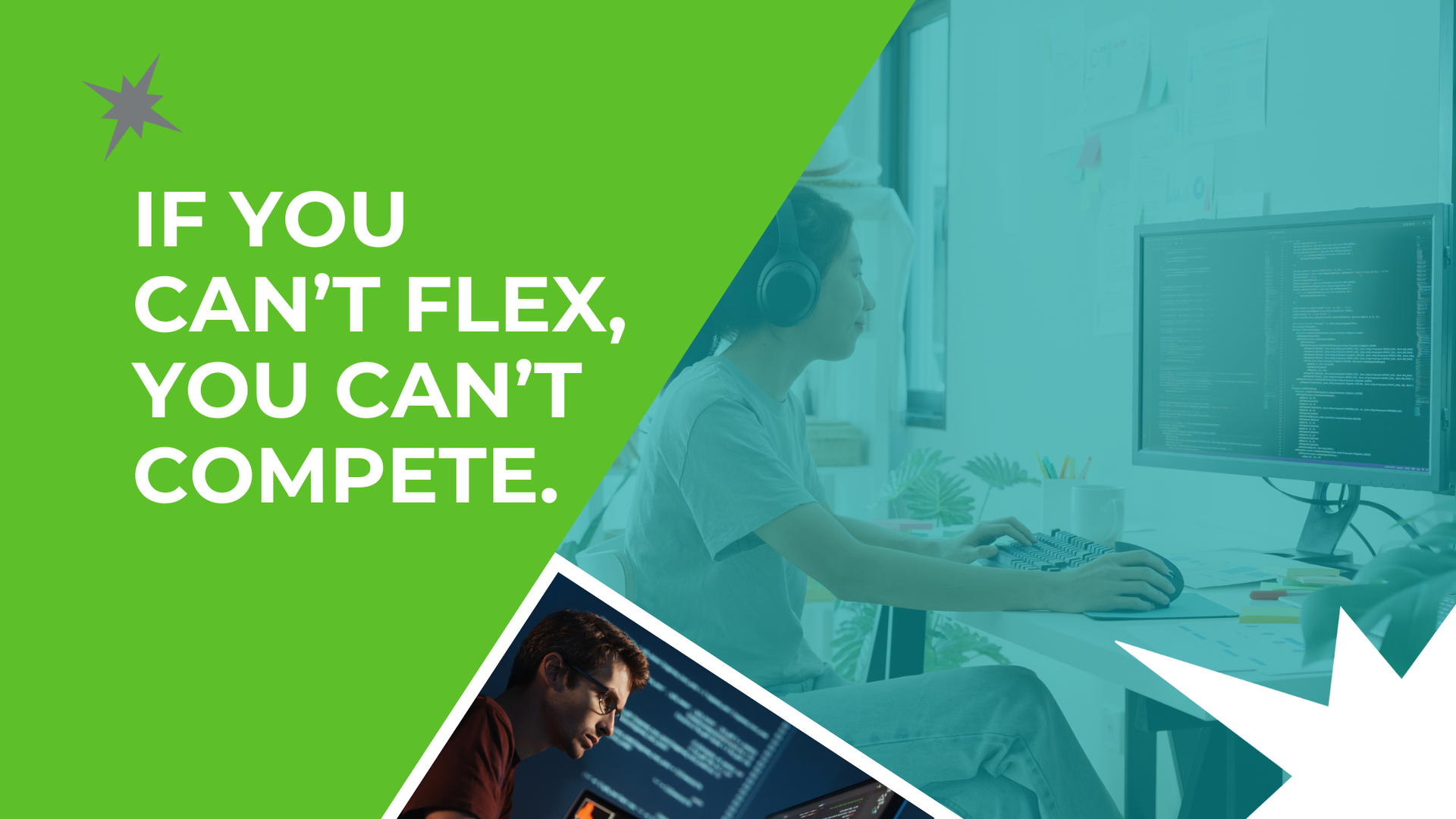
Filter By Category
Subscribe to our News & Advice


